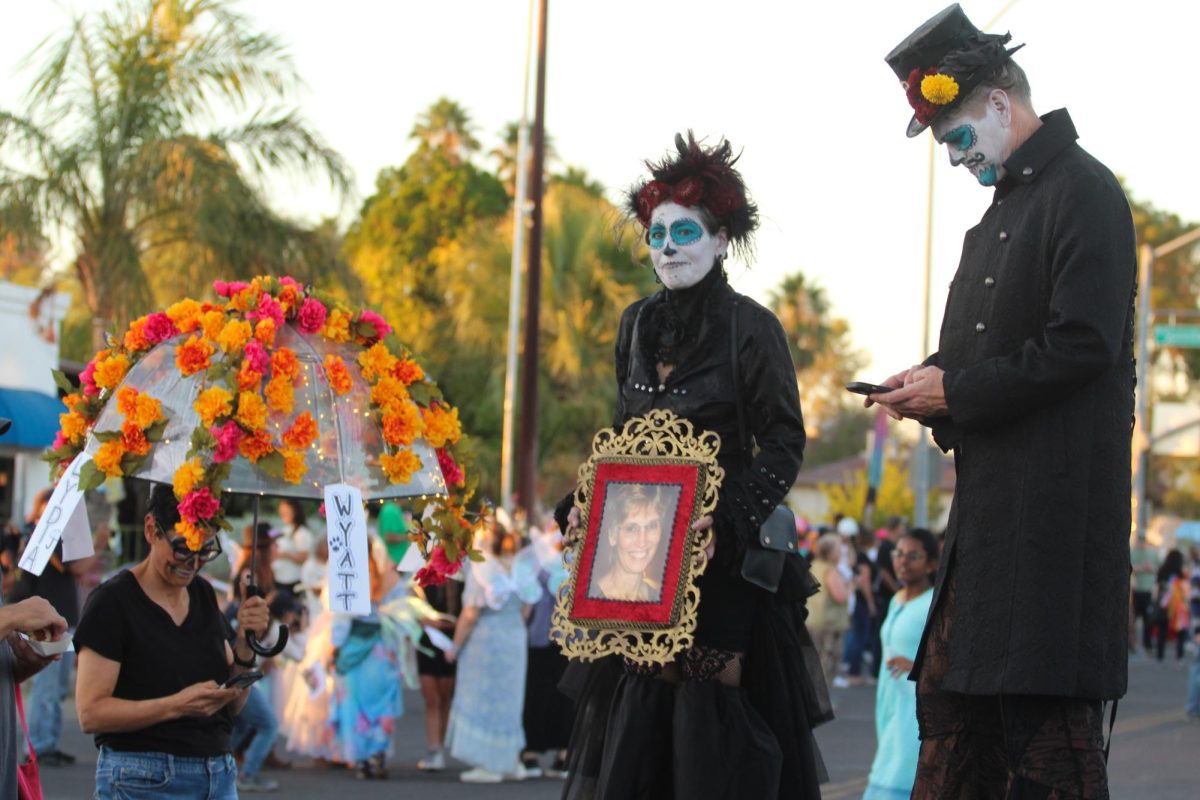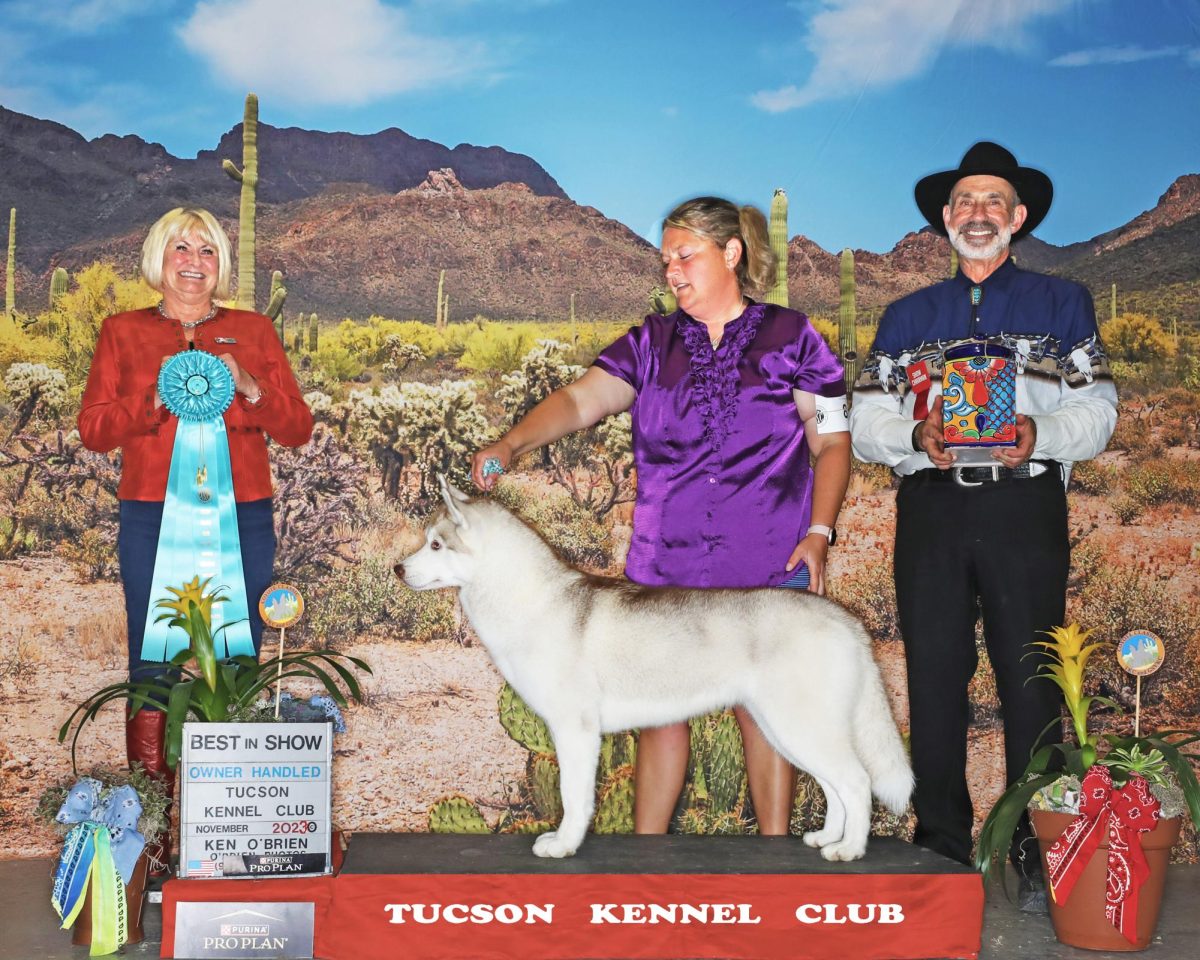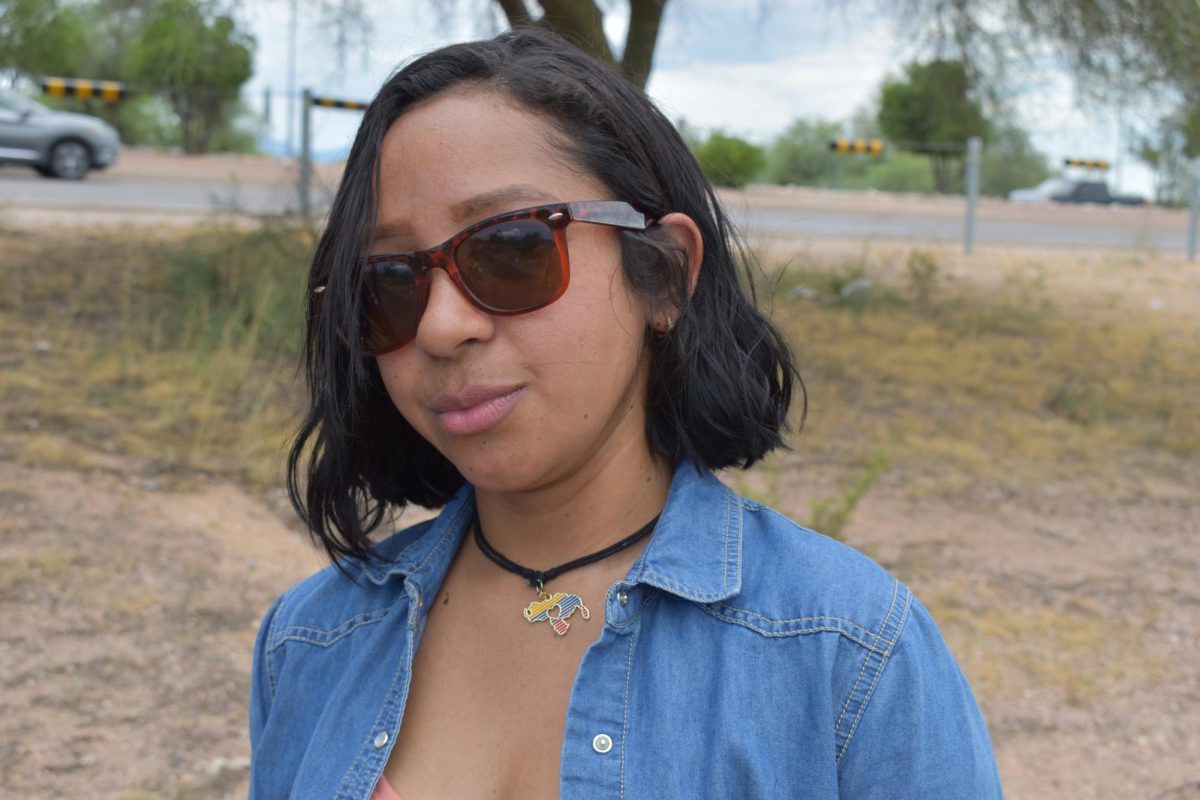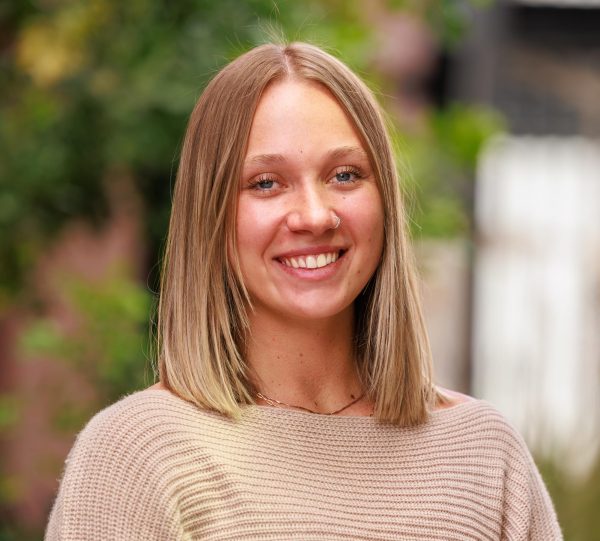There’s a universal truth that will be immediately apparent when the 35th annual All Souls Procession gets started on Sunday, Nov. 3: Everyone experiences death.
“Everyone you know at some point is going to be dead, and so are you,” said Nadia Hagen, the event’s artistic director. “How do you deal? How do you kind of inhabit this mortal coil, knowing that death is waiting in the wings for you and everyone else you know?”
How do you make life meaningful with that knowledge, Hagen asks.
The All Souls Procession, produced by the Tucson performance troupe Flam Chen, is an opportunity for everyone, regardless of background, age, religion, gender or race, to come together and deal with death in a collective, inclusive space.
There is no religious affiliation with the celebration, rather the event is a tool box, Hagen said. Come and choose the tools you need to grieve the loss of loved ones, process the meaning of life and celebrate all the good and bad that life has to offer, she said.
And while the event can seem to be a spectacle with compelling performances, intense music and flamboyant outfits, organizers say it goes much deeper. It’s a ceremony, not a show, said Aurelia Cohen, the aerial director of the All Souls Procession.
Flam Chen aerial acrobatics, stilt walkers, fire breathers and other artists performing during the event are coming together in community to express feelings that others can embrace and apply to their own healing.
“These art forms, these disciplines, force you, when you practice them, to be in a state of dangerous presence,” said Hagen, a founder of Flam Chen and the artist/community collective Many Mouths One Stomach, which organizes and runs the event. “They are life-threatening, they are dangerous, and so the discipline is that you will find a way to be in this dangerous space through practice and skill and dedication to sort of hover on this edge.
Hagen said she believes the All Souls Procession is important to the Tucson community because there is no cost to participate or watch, making it truly inclusive.
The fact that it’s a sacred event not tied to any religion also opens it up to people of all faiths, although Hagen acknowledged that sacred and religious typically go hand-in-hand.
“Anything that was sacred, that had this very, very deep spiritual meaning to somebody, was also aligned with some kind of dogma,” Hagen said.
At the All Souls Procession, you come with your own established opinions, beliefs or nonbeliefs.
There’s no consensus.
There’s no agreement.
“Doesn’t matter if you’re a God-fearing person or an atheist, you can’t really deny the energy, right?” Cohen said. “You can’t deny that we all have death in common.”

Director of Odaiko Sonora, Karen Falkenstrom, plays the drum throughout the All Souls Procession on Sunday, Nov. 5, 2023. Many musician and artists come to the event to to help others grieve and celebrate life.
This year’s featured artist is Odaiko Sonora, a taiko drumming group that has been part of the procession since 2005, creating the heartbeat of the urn. On the final stage this year, the ensemble will bring five drummers and six guest artists to perform.
Drummers from Odaiko Sonora use the odaiko drum–the largest of the traditional drums–to create the consistent, deep, booming beat that sounds like a pulse of life and breath.
In 2011, Odaiko Sonora introduced its Japanese ancestor festival of Obon to the All Souls Procession, the group’s Artistic Director, Nicole Stansbury, said. Bon Odori dancers, traditional to the festival of Obon, follow the drummers and urn through the procession, and Odaiko Sonora created its own dance, as many villages in Japan do, using the mountains, sun and wind as inspiration.
Stansbury said Odaiko Sonora has composed two original songs for the finale that lean in to this year’s procession theme of “Home.” “Pulling Down Clouds” is inspired by approaching monsoons and “Vermilion,” composed by Stansbury, is a song based on the flight and song of the Vermilion Flycatcher bird.
“The vibration of a drum and a feeling of a drum beat is something everybody has within them in their heartbeat,” Stansbury said. “In providing this vibration and this rhythmic music, we can help connect everybody” heart-to-heart in life, grief and healing.
The group’s final piece, “Mochizuki,” written by Aki Takahashi, is a song of celebratory release that they will perform as the urn is being lifted.
“There’s singing and there’s jumping, so we want to, as the urn is being lifted to be ignited, create this lifting of celebration and release,” Stansbury said.
The urn, filled with offerings from participants and spectators, is the focal point at the ceremony.
“It’s the culmination of all this energy,” said Cohen, who has had the honor of lighting the urn for the past few years.

A women walks through the All Souls Procession on Sunday, Nov. 5, 2023. The women wears face paint and a flower crown with a veil to the event.
The three-day celebration starts with the first night of “Dance of the Dead,” Flow for the Soul with headliner Justin Martin. According to the website, it’s a family-friendly event with LED flow, dancing and fire performances at MSA Annex.
From 3-7 p.m. Saturday, “The Procession of Little Angels” will take place at Armory Park, 222 S. Fifth Ave. It’s a free event for families and small children to “creatively introduce concepts and tools to process loss,” according to the website.
From 7-11 p.m. Saturday is “Dance of the Dead,” an ancestral CACAO ceremony with Ricky Abud and Vedant, at the MSA Annex.
Tickets for both nights of Dance of the Dead are $35 and proceeds go to supporting All Souls Procession.
The All Souls Procession from 4-10 p.m. Sunday will start at Grande Avenue between Speedway and St. Mary’s Road. The procession is set to start at 6 p.m. and will follow the same route as last year, ending near the MSA Annex in The Mercado District.
Arizona Sonoran News is a news service of the University of Arizona School of Journalism.










